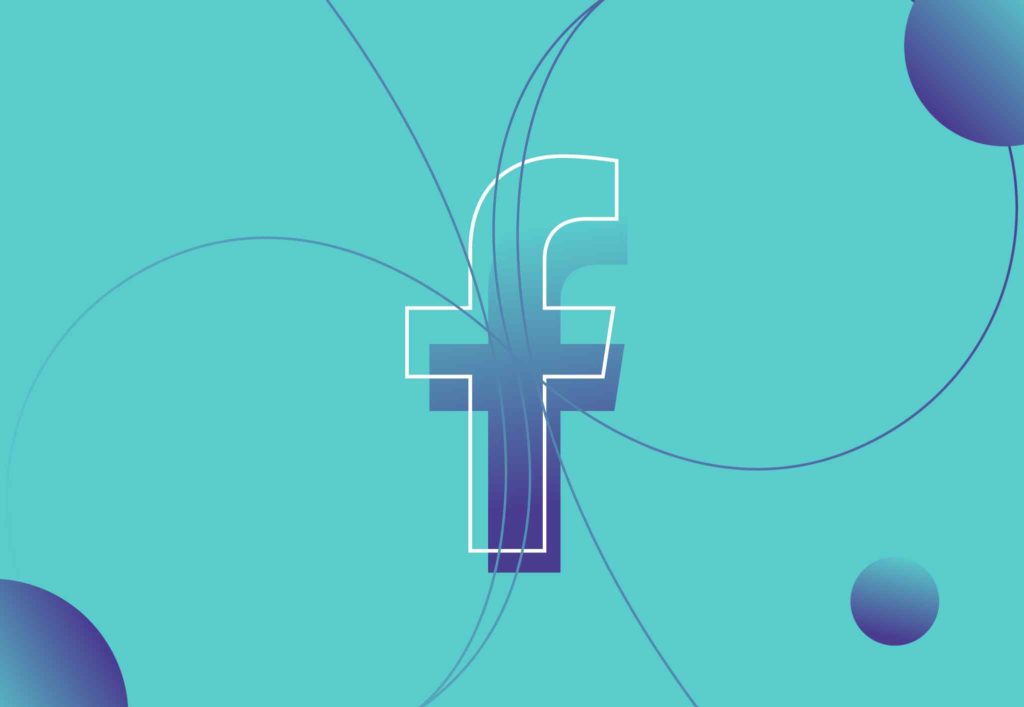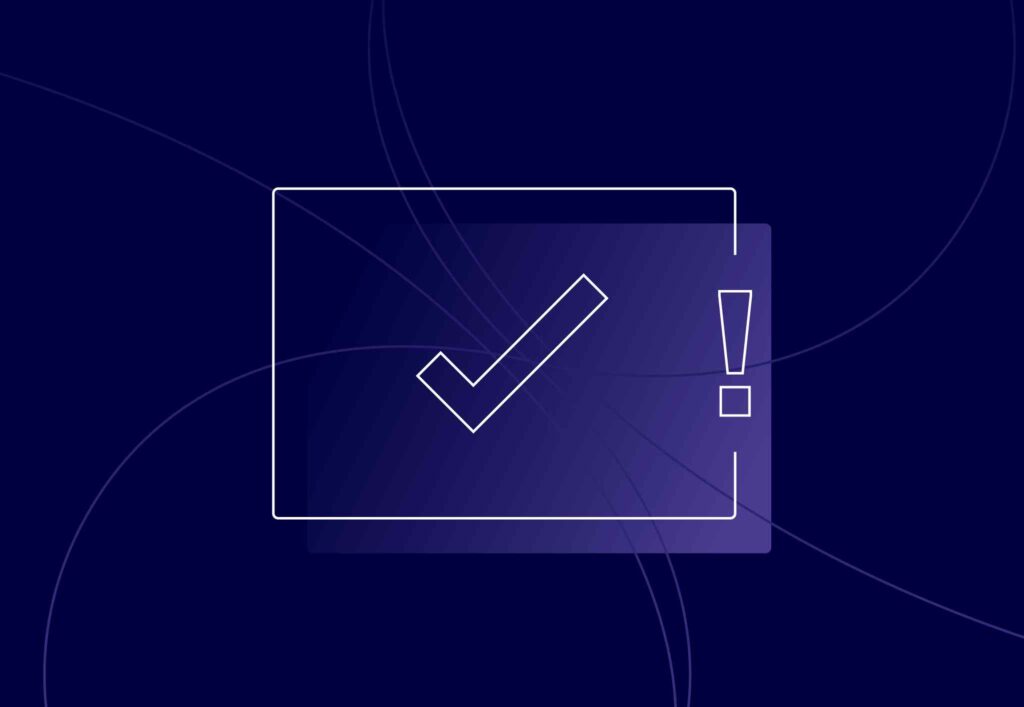
We Analysed Two Years of Facebook Ad Account Data, Here’s What We Found

It’s officially been a year since Apple released their iOS update that rocked the Facebook (or should I say Meta?) advertising world. There have been a lot of changes, some for the better and some not so much, that have occurred since. From aggregated event measurement to domain verification, we’ve seen businesses that have used paid social as a key element of their marketing strategy for years completely abandoned the platform, but we’ve also seen businesses see huge success in the aftermath. But really, looking at the data only, how has Facebook advertising changed over the course of the past two years? We’ve analysed all our account data to pull out the key findings.
We analysed the data from over 40 Facebook ad accounts from 1st April 2020 to 1st April 2022. These are a mixture of lead generation, e-commerce, B2B, B2C, high spenders, low spenders, retargeting and everything in between.
Finding 1: On average, it is costing more to reach your audience
After the iOS update, Facebook made a lot of changes to targeting and audience sizes. One of the biggest changes was that retargeting audiences became much smaller as people opted out of tracking. Not only that but all those people who opted out of tracking were also removed from cold audience data pools. Basically, audiences shrunk! So, it’s no surprise that the CPM (cost per 1,000 impressions) has increased, meaning that it costs you more to reach your target audience than before.
That being said, aside from the huge spikes around Black Friday, the increase hasn’t been that drastic. In fact, when I saw this graph I was pleasantly surprised. The overall trend is definitely upwards, with the average looking around $8 or $9 in the past 6 months vs. $5 in summer 2020. But, there have also been quite a lot of massive general life changes that could have impacted this too that happened around the same time. (I’m sorry, I have to mention COVID.)
Finding 2: Your clicks are also costing you more
If your CPM has increased dramatically (which it has, it’s pretty much doubled) then your costs are high before you’ve even really started with your ads. So, it’s no real shock that we’ve also seen an increase in the average CPC over the two year period too.
From the data, it appears that the average CPC went up to around $0.60 in December 2020 and hasn’t ever really come back down. The only slight anomaly is January 2022 where it halved for a couple of days before going back up.
So, yes. You can actually say, supported by account data, that CPCs have increased on average in the past two years.
Finding 3: It might be costing you more but people are actually clicking more often
Now, this was a surprise. Your costs are up to reach people and it’s costing you double what it used to for each click, however, since May 2021 the click-through rate of Facebook ads has been significantly higher than the year before, and it hasn’t come down! The average CTR has gone from around 2% to 3% – that’s a massive increase.
There can be quite a few reasons for this CTR increase and particularly the fact that it hasn’t really dropped back down. One of the most plausible reasons is that advertisers have had to get more creative. Think about it – your audience pools are smaller, and there are still a lot of advertisers who now need to creep into your pools as theirs are dried up. To make sure that you’re the one who catches the fish you have to try something different and creative to capture their attention. This then makes all advertisers have to up their game and we end up with generally quite high CTRs.
Another reason, which is also quite likely, is that the users who opted out of tracking were probably never trusting of ads anyway and didn’t engage with them often. Otherwise, they wouldn’t opt out! That leaves smaller audience pools but perhaps more engaged anyway.
Whether it is due to advertiser creativity or audience changes, it’s very positive news for paid social managers that CTRs are extremely high and show no sign of stopping.
Finding 4: Instagram is more expensive to advertise on than Facebook
The two platforms are not the same. And, despite Meta’s best efforts to push you towards ‘automatic placements’, I wouldn’t blame you for manually picking where you want your ad shown. In fact, looking at some of the data, I’m even considering changing some of my ad strategies.
When it comes to CPM, the data isn’t too different across the two channels. Instagram sits slightly cheaper than Facebook for most of the year until it comes to seasonal events and holidays when Instagram overtakes Facebook.
But, what is hugely different is the CPC. Instagram’s CPC is higher than Facebook’s for most of the two years and is pretty much double the cost for the past year. Furthermore, if you look at February 2022 there is almost a $1 difference! Per 1,000 impressions! This is honestly astonishing.
What is driving this huge difference in CPC between the two platforms? That leads me to our next finding.
Finding 5: On average, Instagram’s CTR is less than half of Facebook’s
This might explain the sky-high CPCs on Instagram. Your audience is half as likely to click on your ad on Instagram as they are on Facebook. Just look at the data differences above! Instagram never even comes close to the CTR of Facebook.
Facebook, as a platform, gets quite a lot of stick for ‘dying out’ and audiences not engaging with ads. Well, two years’ worth of account data says otherwise!
Another really interesting point from the graph above is that Instagram really hasn’t seen many fluctuations in its CTR at all. On the other hand, Facebook has seen huge peaks and troughs, most noticeably just after the introduction of the iOS update changes. Could it be that the iOS update actually affected Facebook ads more than Instagram ads?
Finding 6: Black Friday is still really expensive, put all your money into Q5 instead
Looking at the data from a very top-level view of the two years, you can very clearly see humongous spikes around Black Friday and Christmas every year. I purposely left them out of my previous analysis as they need their own discussion point. I’ve isolated the data from 1st November – 31st December in the below graphs:
Immediately, you will notice that although the costs are astronomically high across both 2020 and 2021 in the run-up to Black Friday, 2021 was actually cheaper than 2020. That’s good news! Again, there could be multiple factors contributing to this *cough* COVID *cough*, but in a post iOS world, we have to take the small wins where we can get them.
My main finding to point out here is actually the difference between the data before and after Christmas. If you’ve ever spoken to Facebook around Christmas time, you’ll know that they refer to the period between Christmas and New Year – where most of us are forgetting what day it is and eating our fifteenth plate of cheese and crackers – Quarter 5, because it is just that busy.
Now, what usually happens when the platform is busy, e.g. Black Friday, is that your CPM increases. However, during Q5, this doesn’t happen. In fact, the average CPM and CPC for 2020 and 2021 were around half of what they were the week before. Not only that, but the CTR almost doubled during these periods. In laymen’s terms, it’s much cheaper to reach people and they’re twice as likely to click when you actually do.
What happens during Q5 each year, is that advertisers have spent so much money and time on the run-up to Black Friday and Christmas that they turn their ads off and have a bit of breathing space before they go back into it again from January 1st. That being said, if you’re looking to capitalise on potentially the most lucrative advertising period in the whole year, I’d say to hammer everyone with ads and save a huge pot of budget for that 7 day period.
What have we learnt?
It has been really eye-opening looking at the past two years’ worth of Facebook ad account data. On the surface, there really hasn’t been that much that’s changed since the iOS update. For all the brands that have stopped advertising due to increased costs, I completely understand that. However, if you don’t have a social team that is finding solutions to lower your costs and increase your CTR, you’re going to struggle!
Thankfully, here at Embryo, we have a really talented team of social media specialists who work incredibly hard to ensure that all our clients have fully optimised strategies to drive results. If you’re looking for support with your paid social, get in touch!




